
WHY DO I NEED KNEE REPLACEMENT?
Knee arthritis is a condition of severe wear of cartilage in the knee joint.
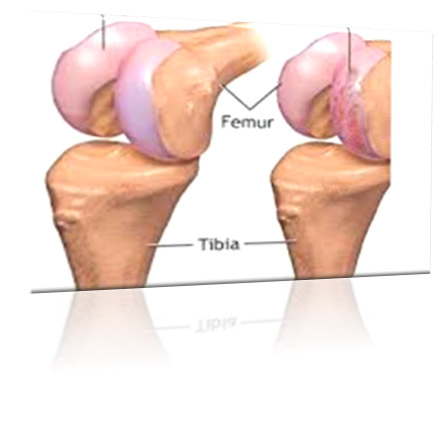
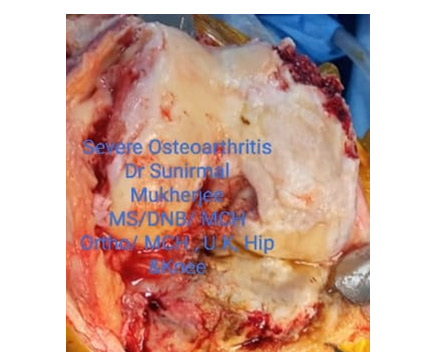
Problems –
- difficult walking
- instability in walking,
- climbing upstairs and downstairs is difficult.
- Restricted knee bending is affected causing difficulty in squatting and sitting cross legged.
- Deformity (bowing of knees)
- Pain in knee during routine activities
- Decrease in walking capacity
- Severe deformity in knee
- Decreased movements in knee
- Increase in weight due to decreased mobility due to knee pain.
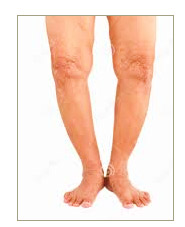
What is Special in knee replacement surgery/ Why Choose Us?
SUB VASTUS APPROACH
It is a muscle sparing approach. In this technique the muscle is not cut while performing surgery. The medical term for that approach is ‘Sub Vastus Approach’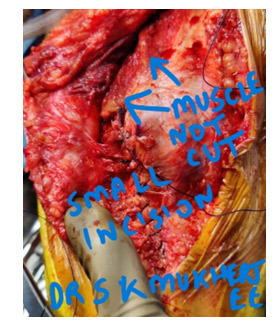
Robotic knee replacement is used by me for difficult cases to provide accuracy of bone cuts. This is very helpful in patients who have severe deformity. Robotic surgery is advanced method of performing replacement where cuts are taken by robotic hand after applying principles of computer navigation. |
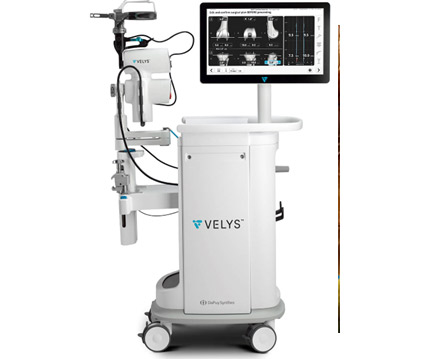 |
This is a special kind of implant used for patients who are young as well as for patients who are having allergy to metal. They are helpful as the wear rate is low and provides longer implant longevity. |
 |
Ceramic implants have the longest mentioned survival rate up to 25 years due to low wear rate. I use ceramic implants for younger age preferably for patients less than 65 years of age. There are some studies which suggest ceramic implants have early loosening when used in older age with poor bone quality due to osteoporosis. |
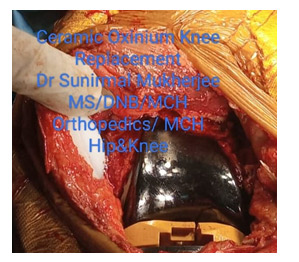 |
– Knee exercises started immediately after surgery
– Stitch removal at 14 days
– Immediate post operative walking with walker
– Wean off walker after 2 weeks
– Return to normal pre-disease exercise level by 8-12 weeks